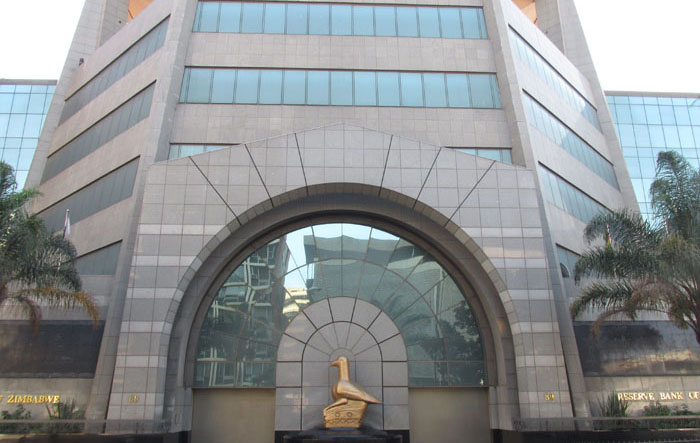
Remember a time when a number of cryptocurrency startups in Zimbabwe were banished from existence? And it was by the RBZ. Okay to be fair some of them were not as sound as anyone would have liked but the manner in which they were disbanded was pretty harsh. All the while in South Africa there were cryptocurrency ATMs and recently Pick and Pay SA announced that it now accepts crypto for groceries.
But they have been warming up to the idea of cryptocurrency. Zimbocash was allowed to operate after it had sorted out its KYC side of things. The central bank even opened up a Fintech Sandbox for startups looking to explore blockchain technology. Cryptocurrency was not part of the sandbox though which was a bit of an anti-climax. However, in a tweet, the RBZ announced that they are now very interested. So much so that they need your input on it.
What is a Central Bank Digital Currency (CBDC)?
Central Bank Digital Currency (CBDC): A Central Bank Digital Currency is a digital representation of a national currency issued by the central bank for use by the general public. It should be noted that CBDC will be a complement to existing payment options in the country such as cash, mobile money, and bank cards, among others.RBZ CBDC Consumer Survey
Essentially it’s going to feel like ZIPIT to a lot of people in how it works. It will be the same Zimbabwean dollar allowing you to perform the same transactions you already could perform with your bank or mobile money wallet. From a use case point of view it, according to the RBZs definition, is going to work the same way as current payment options.
What could be different is how it operates in the background. The underlying technology in most cases is based on blockchain technology. It’s simply a technology that uses trusted parts of the network to verify every transaction on the network. This ensures transparency on every transaction made on the network. I am giving an oversimplified definition but you can click here if you want to go deeper down that rabbit hole.
Who else is doing CBDCs?
Nigeria was the first African country to issue a CBDC that they dubbed the e-Naira in October 2021. A year after its launch, 700 000 transactions have been made using the e-Naira. It’s a pretty small figure when you compare it to 1.4 billion transactions on Nigeria’s NIBSS Instant Payment system. Granted it’s a new technology and still in its pilot phase but this will probably be the trend in Zimbabwe.
According to the CBDC tracker, only 2 countries have fully launched CBDCs. Jamaica and the Bahamas. In Africa 15 countries are at different stages of development of their CBDCs. Nigeria (e-Naira) and Ghana (e-Cedi) are the only countries whose central banks rolled out pilots of their CBDCs. The other 13 countries, Zimbabwe included, are still in the research phase.
So CBDCs are still very new on the scene and still far from their final form. What is interesting is that since a CBDC is in a sense a form of technology, it can be developed to suit the characteristics of the economy the central bank operates. The hope then is it can do a better job of addressing the shortcomings of already existing payment options in the respective economies. Kudos to the RBZ for crowdsourcing ideas on the development of our CDBC.-techzim

